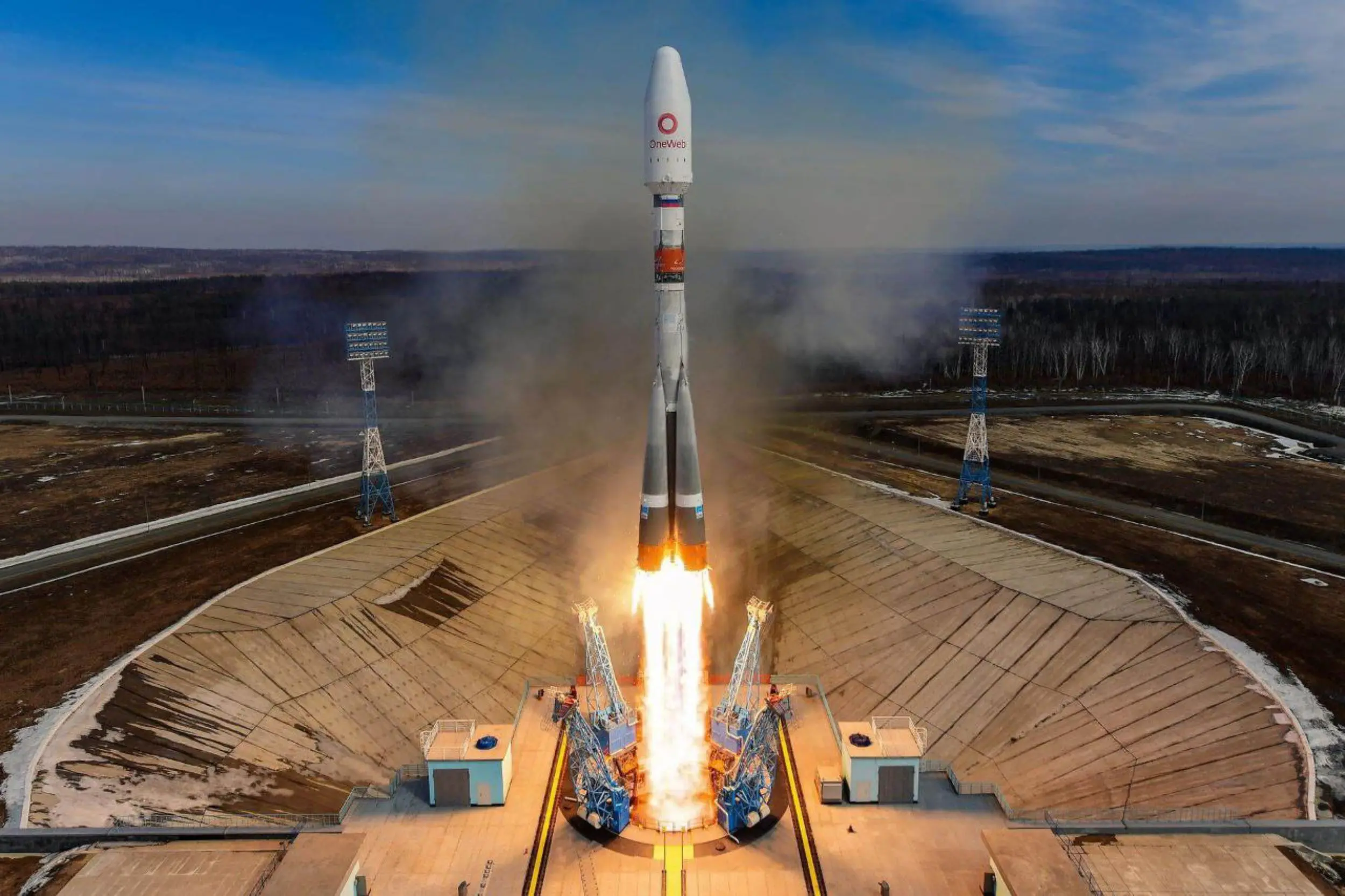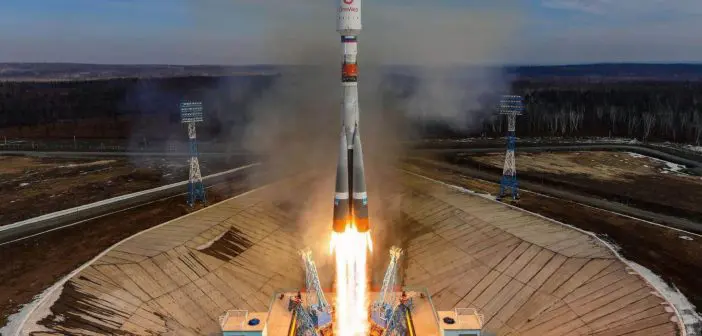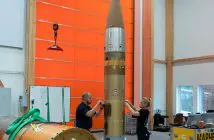
Iran’s space program continues growing despite US sanctions. The country is due to open its answer to Cape Canaveral, a spaceport near Chabahar, and the Iranian Space Agency is promoting public-private space partnerships.
Meanwhile, US President Donald Trump has recently issued more sanctions against Iran, continuing a three-decade-long presidential tradition. But they haven’t stopped Iran’s space program.
Iran has one of the Middle East’s most active space programs. Late last year, the country sent its heaviest-ever (300-kilogram) payload into space. That flight used a domestically developed two-stage, liquid-fueled Simorgh rocket.
Speaking at this week’s 2025 INOTEX Exhibition in Tehran, Iranian Space Agency CEO Hassan Salarieh said the country was developing 20 satellite constellations through joint public-private partnerships.
Iran says its interest in space is peaceful
Iran has consistently maintained that it is developing its space program for peaceful commercial purposes. However, both the Iranian Space Agency and the Islamic Revolutionary Guard Corps are sending rockets with satellite payloads to orbit.
The US says Iran is designing space technology and building space infrastructure with dual civilian and military uses. It argues that a launch vehicle similar to the Simorgh rocket could support ICBM launches.
The 54-square-mile Chabahar spaceport will allow Iran to launch bigger and heavier rockets. It will be the country’s third spaceport. Chabahar will supplement the ISA-operated Imam Khomeini Spaceport near Semnan and the Revolutionary Guard-operated Shahroud Spaceport. But once open, Chabahar will become Iran’s space hub.
Hawish Iran watchers say seemingly benign space programs like the Soleimani satellite constellation, which Salarieh says will improve domestic internet connections, can also be used to guide long-range weapons like ICBMs.
Improved space infrastructure and more powerful and reliable rockets can put an ever-increasing number of satellites into orbit. The more satellites Iran has in orbit, the more precise its weapons guidance abilities.
“Iran’s work on space-launch vehicles, including its Simorgh satellite carrier rocket, likely shortens the timeline to produce an ICBM due to the similarities in technology,” US Strategic Command’s Anthony Cotton told the Senate Armed Service Committee in Washington D.C. in March. “This rocket could have a 2,400-mile range with a 2,200-pound payload.”
This year, President Trump has issued a series of executive orders that applied further sanctions on Iran, albeit primarily targeting its oil sector and those working in it. In his first term in office, Trump targeted Iran’s weapons and nuclear capabilities – which its space sector may have a role in.
Iran wants more private sector involvement in space
However, Salarieh’s comments to local media this week suggest the US sanctions are mere inconveniences. Russia gives Iran’s space sector a hand. While Russia’s space program is less impressive than it once was, it has expertise – something Iran needs.
Russia also lends practical assistance. Last year, the first two privately developed Iranian satellites went into orbit using a Russian launch vehicle.
Like the US Government, Salarieh also says the Iranian Government is looking to the private space sector for financial, technical, and logistical support.
“Private sector participation is not just beneficial, it’s a national necessity,” he said, adding that private-sector Iranian space companies are developing strengths in satellite and data technologies.
He also stressed the need to accelerate space missions to maintain Iran’s position in the global space sector.





